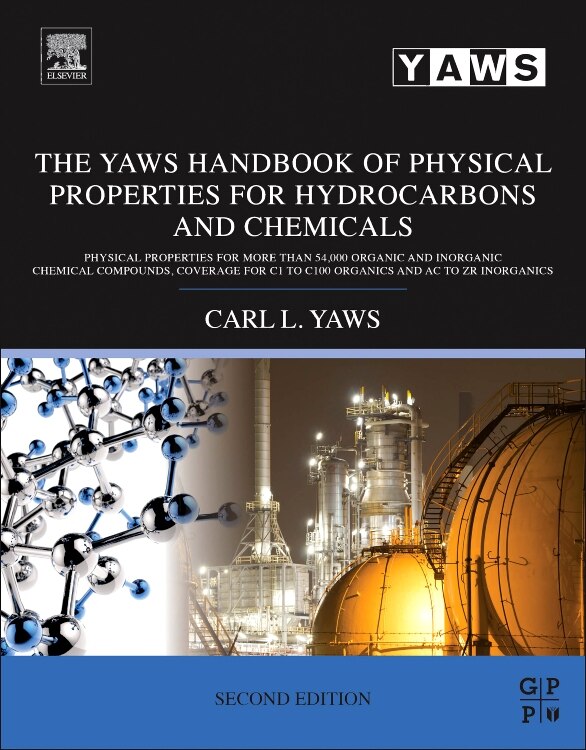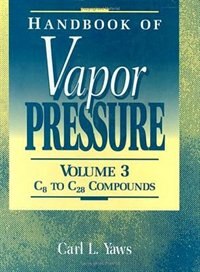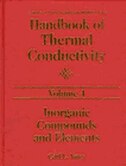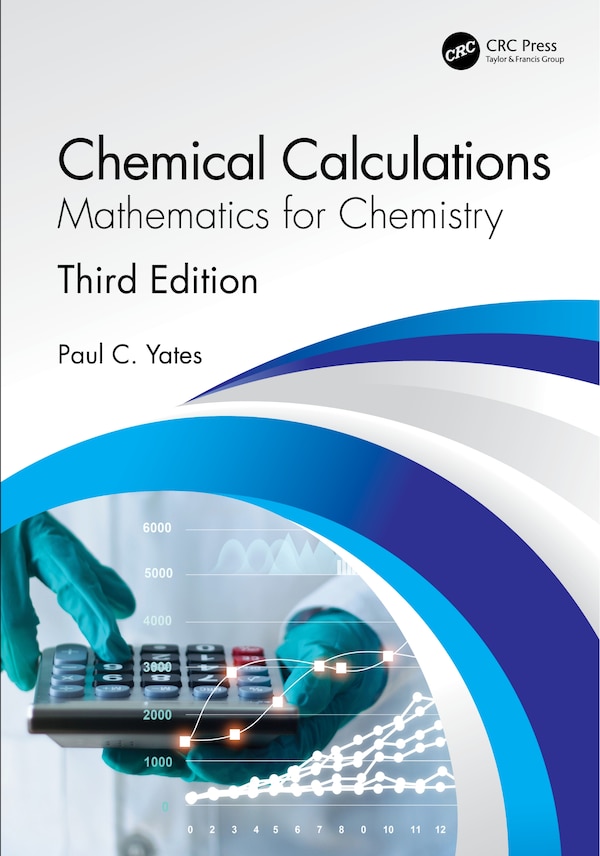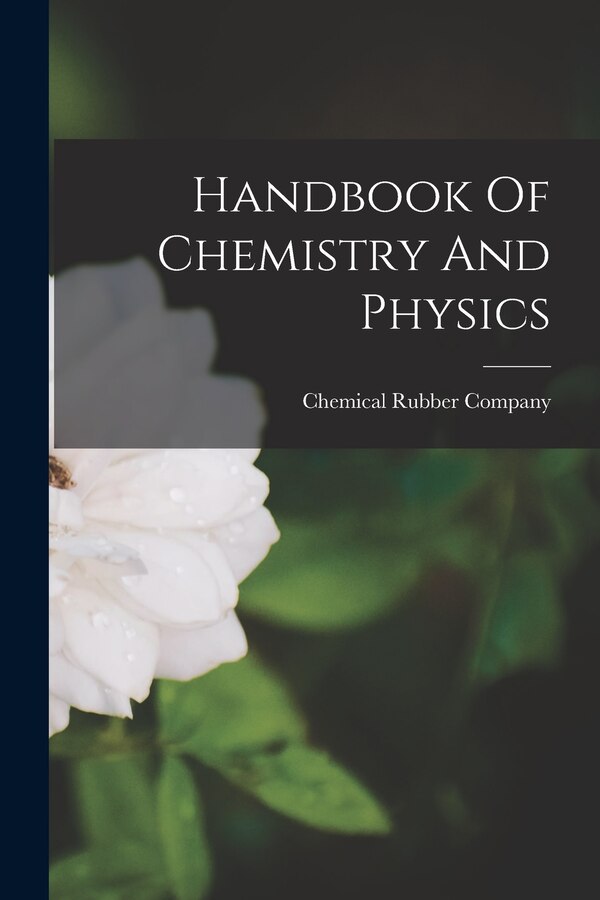Home
Chemical Properties Handbook by Carl . Yaws, Hardcover | Indigo Chapters
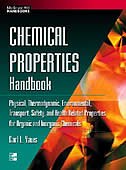
Coles
Chemical Properties Handbook by Carl . Yaws, Hardcover | Indigo Chapters
From Carl . Yaws
Current price: $230.95
Loading Inventory...
Size: 4.09 x 28.7 x 1991.3
*Product information may vary - to confirm product availability, pricing, and additional information please contact Coles
Publisher's Note: Products purchased from Third Party sellers are not guaranteed by the publisher for quality, authenticity, or access to any online entitlements included with the product. Necessary data that's often hard to find or difficult to calculate, all in one place, in easy-access format That's what this Handbook provides to scientific, engineering, and environmental professionals, and students, who seek information on how chemicals will behave at different temperatures and under different conditions. Covering both organic and inorganic substances, and providing both experimental values and estimated values based on methods developed by the author and other noted experts, this book can save countless hours of searching for the right source or performing complicated calculations. Useful for hundreds of on-the-job information requirements, this much-needed Handbook makes it easy to obtain critical values for temperature and pressure for design or operation of compressors and turbines; find heat capacity data for heat exchangers; accurately design and safely operate vaporizers and condensers with precise information on enthalpy of vaporization; size vaporizer/condenser storage vessels with density data; determine the heating and cooling requirements of reactors with values for the enthalpy of formation; determine chemical equilibria for reactions using Gibbs’ energy of formation; design and operate effective stripping operations for water pollutant removal using water solubility data and Henry’s Law Constant; find needed adsorption capacities of activated carbon for cleaning air of various pollutants; use soil sorption coefficient for agricultural applications; solve problems for fluid flow of gases and liquids using viscosity data; use thermal conductivity data for heat transfer applications; use lower and upper explosion limits in air, flock point and autoignition temperature for safety in designs and operations; use threshold limit value (ACGIH), permissible exposure limit (OSHA) and recommended exposure limit (NIOSH) to design facilities while safeguarding health; use thermal expansion coefficient data to design relief systems; and find thousands of other time-saving uses. | Chemical Properties Handbook by Carl . Yaws, Hardcover | Indigo Chapters


